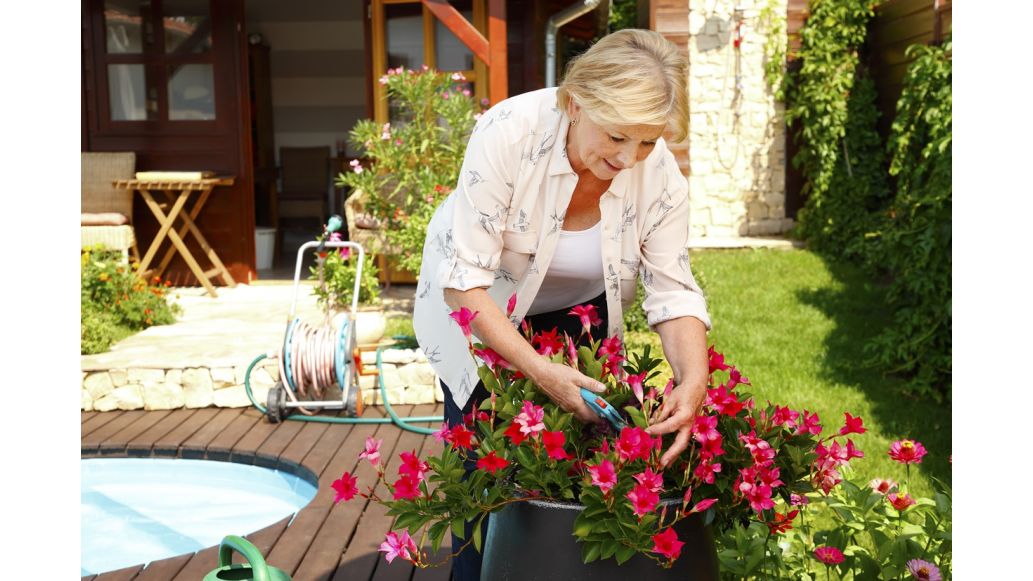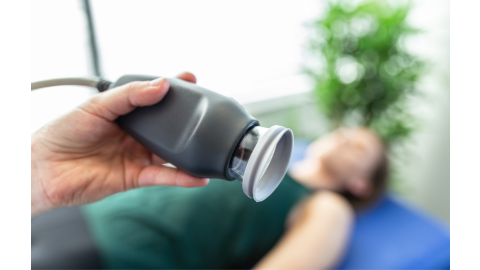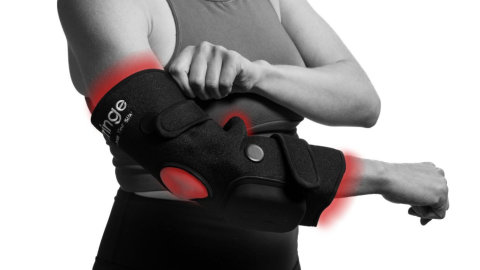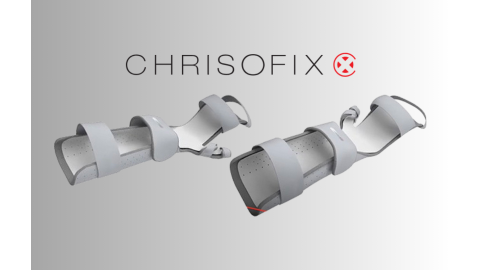Gardening for pleasure is a common hobby, but lower back pain can take away that joy. Thankfully, there are steps you can take to prevent any strains and pain relief if it’s too late.
Prevention: 15 Tips for Gardening Without Pain
- Incorporate lunges, squats, and other core exercises into your workout to help prevent future back pain. Add a medicine ball for an extra challenge
- Do warm-up stretches before beginning to work in your yard
- Pivot instead of twisting your torso when lifting to prevent excess pressure on your spinal discs
- Avoid bending over at the waist. If you need to be near the ground, kneel on a pad
- When lifting heavy objects, like soil, squat and bend your knees instead of your back
- Take a break after 30 minutes of gardening
- Use a forearm support to reduce the strain on your shoulders and back
- Use a wagon or wheelbarrow to move heavy items from place to place
- Fill watering cans ½ way to reduce stress when carrying them
- Buy long-handled tools to minimize the amount of time you spend bent over
- Use a lot of mulch to reduce the amount of weeds in your garden (and time spent weeding)
- Plant a vertical garden (wall garden) so you can work while standing
- Another alternative is a raised bed garden. A three foot bed brings the plants to you. You can even add an edge to sit on
- Wear a lumbar back support to prevent back pain before it starts
- If the back pain turns into aching, tingling, or numbness in your legs, stop immediately. This could be a sign of too much pressure on your lumbar discs
Pain Relief: 3 Ways to Reduce Back Pain
- Cold Therapy
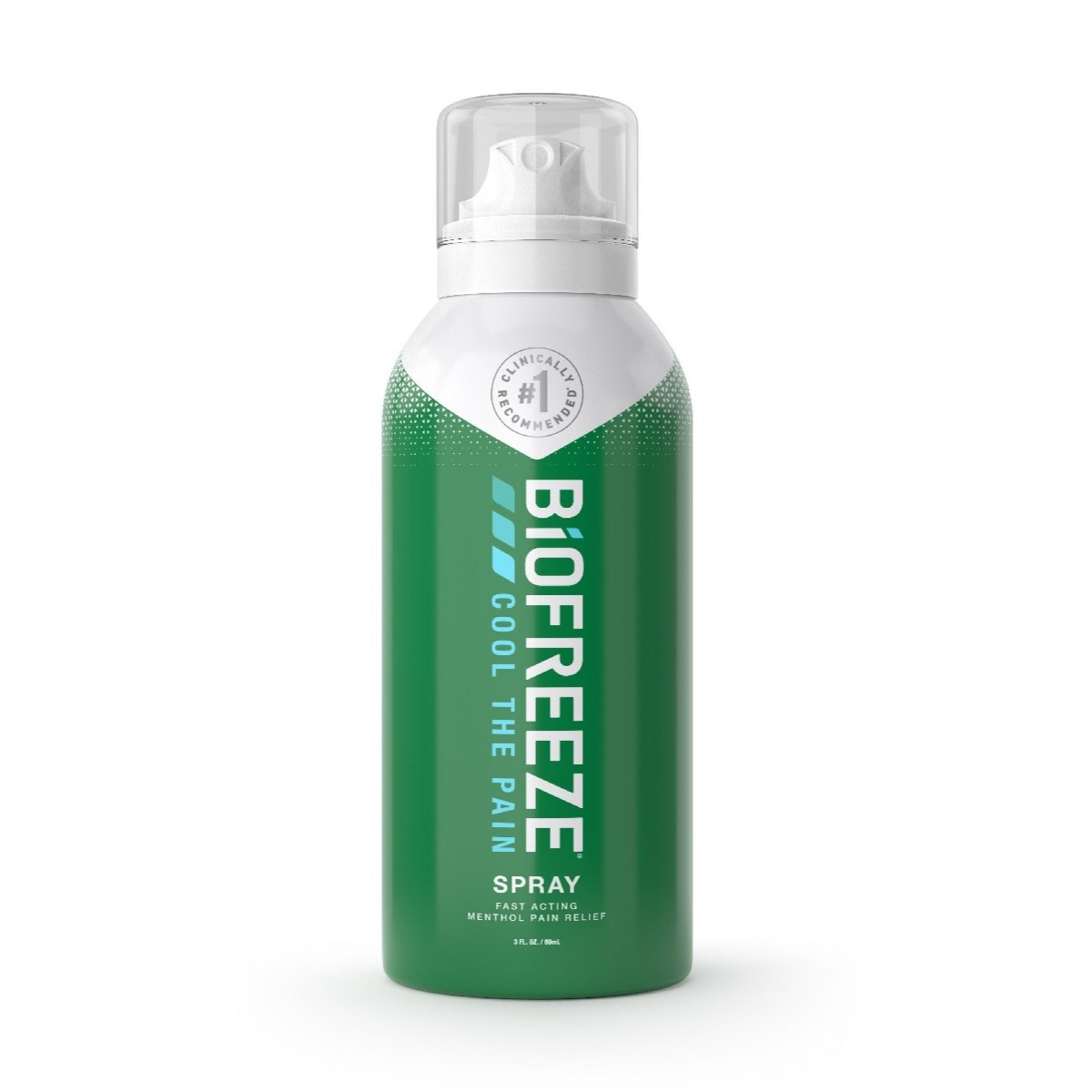
Cold therapy reduces inflammation and pain. It’s best to apply in the first three days following a back injury. Biofreeze is a topical analgesic that was preferred over ice ten to one in a clinical study. Clinical studies prove Biofreeze is effective at relieving lower back pain, making it a great, less messy alternative to ice.
- Heat Therapy

For longer lasting pain, heat is usually recommended to relax stiff muscles and increase blood flow for healing. The ThermaCare Air Activated Heat Wraps are ultra-thin and can be worn under clothing for up to eight hours. Though there are recommendations of when to use ice vs. heat, it’s best to listen to your body and use what works for you.
- Back Support

A third option for pain relief is a back support. The support protects your lower back and provides gentle compression. It helps prevent further injury or strain to your back as it heals. Use with hot and cold therapy for back pain relief.
All of the lifting and bending while working in the yard can be a fun workout, and if you prepare, it doesn’t need to end in back pain. Follow the tips above to keep your back pain-free while gardening.
Medical Disclaimer: The information provided on this site, including text, graphics, images and other material, are for informational purposes only and are not intended to substitute for professional medical advice, diagnosis or treatment. Always seek the advice of your physician or other healthcare professional with any questions or concerns you may have regarding your condition.








 France
France Australia
Australia